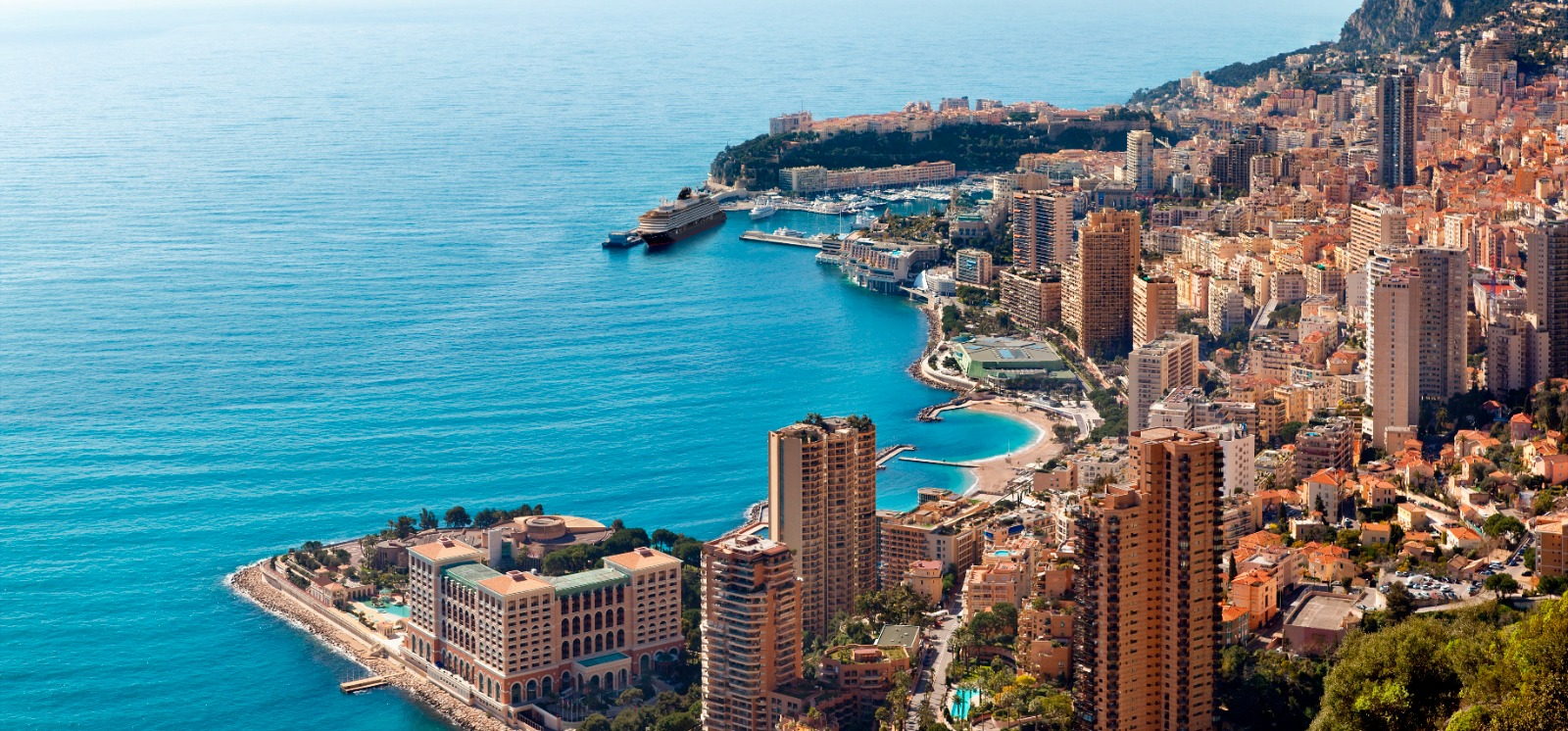Curating Kyoto favourites
Jul 19, 2023
Going to Kyoto is like entering another world. Craftsmanship and tradition have been preserved, as have the cobbled alleyways on which geiko still tread and the manicured gardens of centuries-old temples that Zen monks still tend to. Zaneta Cheng , Stephenie Gee and Laura Li Kinoshita share their all-time favourite discoveries in the constantly evolving Japanese capital of yore
Yasui Konpiragu
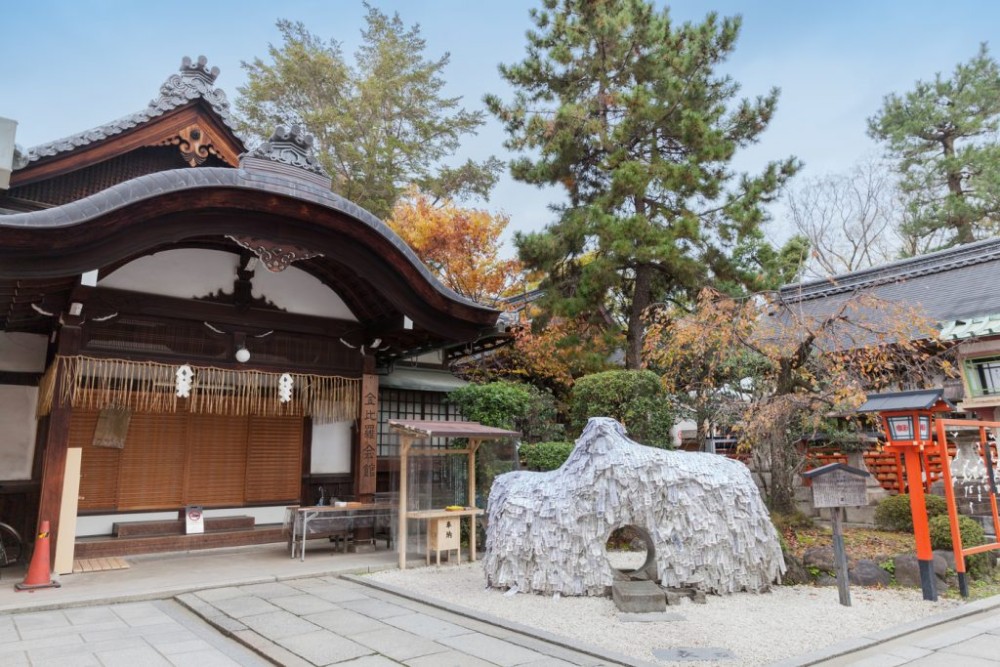
With shrines hidden along every street and arches to them decorating almost every corner of Kyoto, it would be remiss not to stop by one even Japanese people travel from all across the country to visit. Yasui Konpiragu, in Kyoto’s old town near Gion and Kiyomizu-dera, is home to the enkiri stone that young and old flock to in order to attract “good connections” and sever bad ones. Standing 1.5m high, the rock is covered in paper with a hole at the centre. Believers write their wishes on strips of white paper also known as katashiro and take a bow before crawling through the hole once to sever bad ties. They then bow and crawl through the hole again from the back to the front to establish good ties before pasting their paper charms onto the rock with the glue provided. It’s said that the power of the gods collects and flows through the hole in the rock.
#yasuikonpiragu
Pickles
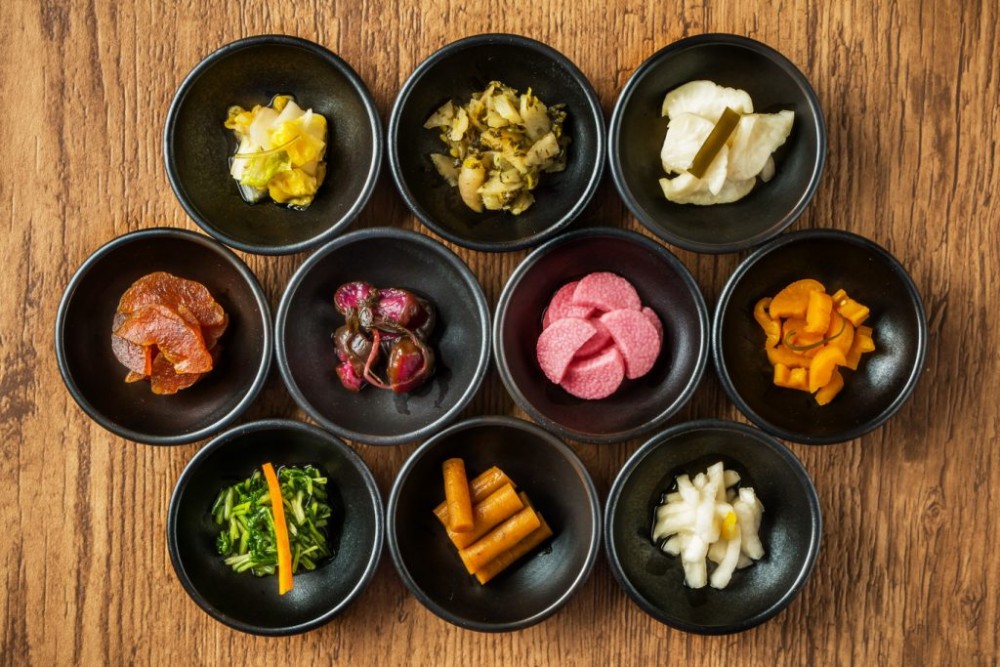
Japanese pickles, otherwise known as tsukemono, are regularly found on dining tables across the country but shibazuke, a blend of pickles made of cucumber, eggplant, perilla leaves, ginger and myoga soaked in plum vinegar, is a Kyoto speciality. The tart and crunchy delicacy, which is traditionally eaten with rice and soup, can be bought at pickle shops in the Higashiyama district. Visit Doi Shibazuke Honpo – Kiyomizu or Nishiri Kyomizu on your way to Kiyomizu-dera and pick up a few pre-packaged packets of fermented treats.
@doishibazuke @nishiri_kyotsukemono
Kintsugi
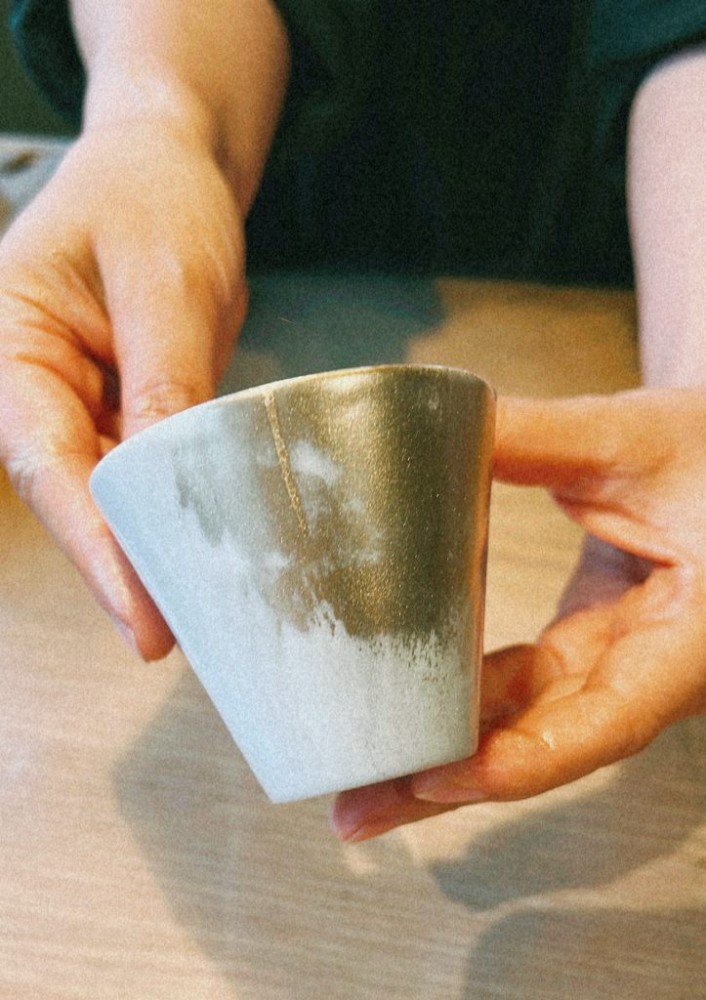
Poj studio is a tiny retail space and workshop hidden in a traditional Japanese townhouse. There are organic towels handmade in Osaka, handblown glass teapots and hinoki-wood tableware laid out for purchase on the ground floor. There are also varying levels of kintsugi kits for enthusiasts of the traditional art of ceramic repair. On the top level is a kintsugi workshop where kintsugi specialist Momoko Nakamura holds workshops in English and Japanese
for visitors and locals alike.
@poj_kintsugi
Hiking
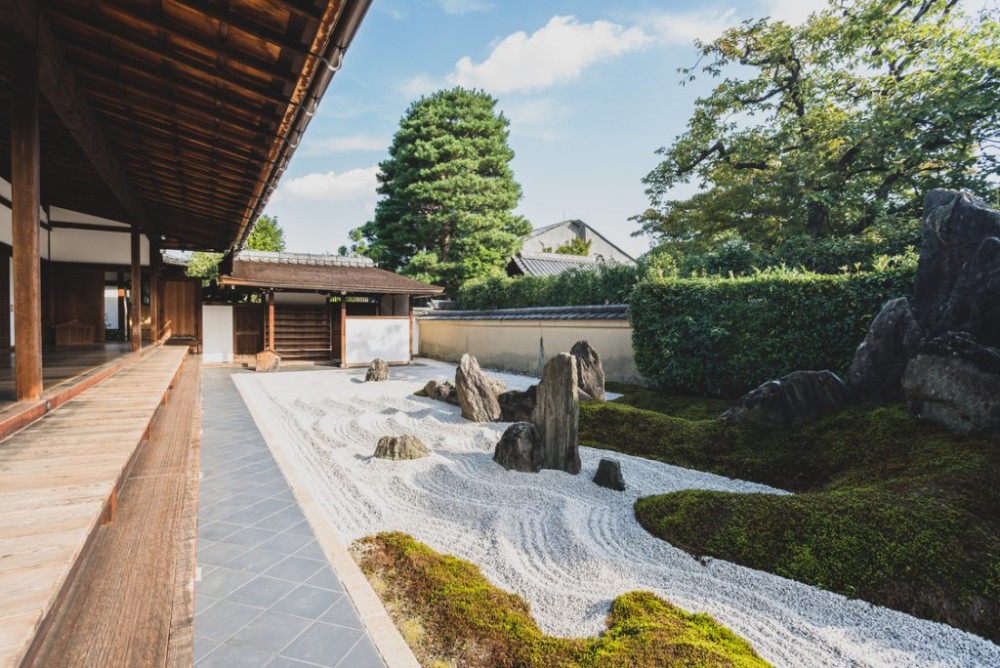
Flanked by stunning mountain ranges on three sides, Kyoto Prefecture is blessed with a idyllic network of forested paths. One such path is the Kibune to Kurama hike, accessible by a 30-minute scenic train trip from downtown Kyoto. It covers almost four kilometers through the Kitayama mountains north of Kyoto, passing numerous picturesque sights along the way, where you’ll find the perfect combination of nature, history and culture: enjoy a bite at one of Kibune’s famous kawadoko riverside restaurants, experience a uniquefortunetellingatKifuneShrineand exploretheBuddhistKurama-deraTemple. At the end of the trail, continue to the quaint township of Kurama where you can have a soak at Kurama Onsen, whose hydrogen sulfide and mineral-rich hot spring waters are renowned for their skin-rejuvenating effects.
#kibunetokurama #kuramadera #scenichikes #onsen
Geiko
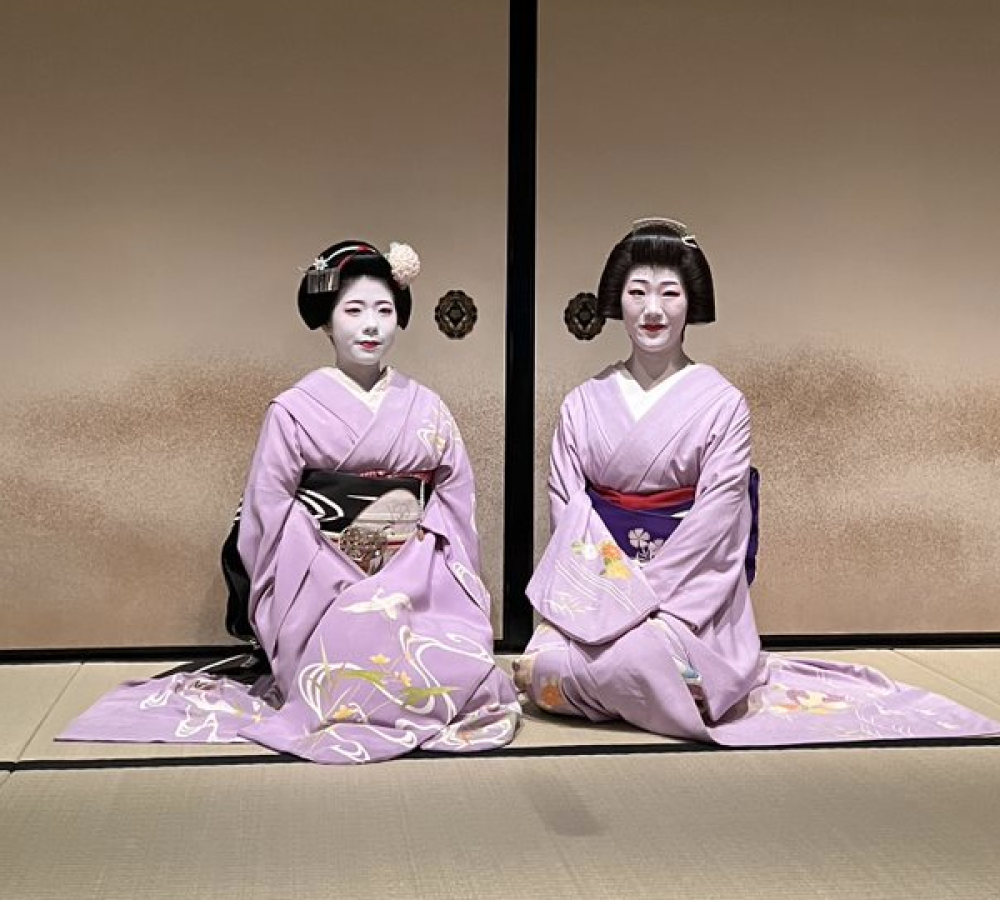
If you happen to make a visit to Kyoto during the spring or fall seasons, the best way to spot a geiko – or a whole lot of geiko – is by attending one of the five odori dance festivals. Tickets, while affordable, are competitive so be sure to purchase them early. Otherwise, head over to Hanamikoji Street, the main hanamachi of Gion-Kōbu in Kyoto, at dusk to try and catch them en route to their nightly routines – or for a more premium option, book a private dinner experience with them.
#geiko #gion
Shojin ryori
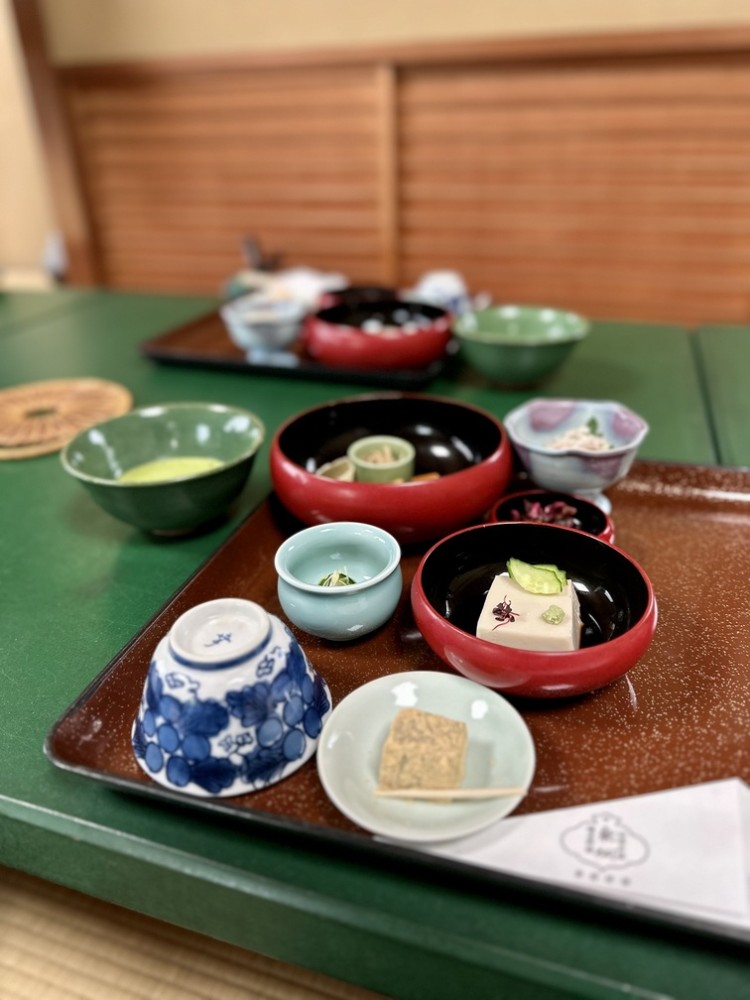
Translating to “cuisine that advances enlightenment”, shojin ryori is an elaborate, seasonal, multi-course, plant-based meal typically served, because of its monastic origins, inside Zen temples. At Shigetsu insideTenryu-jitemple,locatedinthe Arashiyamaneighbourhoodinthewestern hills, you might find Bib Gourmand-status goma-dofu (sesame “tofu” made from kuzu), yuba (soy milk skin), nasu dengaku (miso- glazed grilled eggplant), a variety of pickles and more. Afterwards, take a stroll through the surrounding UNESCO World Heritage gardens of Tenryu-ji.
@heavenly_dragon.temple #shojinryori
Also see: The Kyoto experience at Garrya Banyan Tree
Matchali co-founder Laura Li Kinoshita held her wedding in Kyoto and continues to visit Japan’s former capital. It was also the first Japanese city she visited post-pandemic, so we got her must-dos.
Eat
“Mitsuyasu is a humble two- Michelin-star kaiseki restaurant run by a husband-and-wife team. The dishes are honest, understated yet outstanding. It’s really hard to book so if you don’t manage to, there’s a cute kappo place in a tiny alley in Gion called Nakatani that also really hits the spot. Since we discovered it, reservations have become a must. Next to it is Isakichi, a fun little izakaya.
If you want to further explore that Gion alley, we found the top bento maker in Japan. His family’s been making bento as post-tea ceremony meals for centuries. We treated our wedding party to them during the lunch break after our Chinese tea ceremony. I’m a sucker for kaiseki bento. You can preorder them in the JR Kyoto Isetan food hall basement.”
@gionnakatani @jrkyotoisetan_gourmet
Drink
“My second top recommendation would be Yugen. It’s a matcha and wagashi shop with a beautiful ceramics gallery that you can shop at. Upstairs, you’ll find a tatami tea room.”
@yugen_kyoto
See
“My third recommendation would be the Zen Buddhist temple Daitokuji. It’s not one of the most popular sights in Kyoto and a ways away from the Instagram-tourist crowds. This beautiful temple has an amazing bonsai garden and it’s where Zen Buddhist monks practise tea ceremony, meditate, train and live.”
@daitokuji_daijiin
Also see: Finding Maldivian bliss at Soneva Jani and Soneva Fushi





























